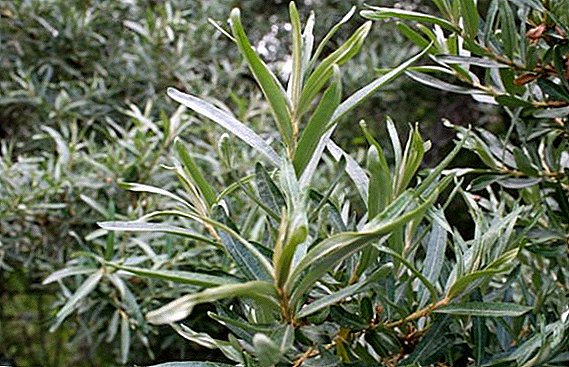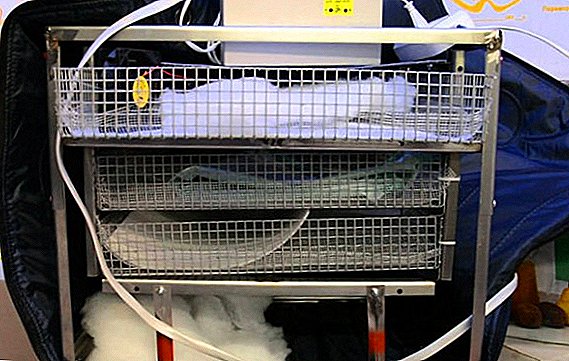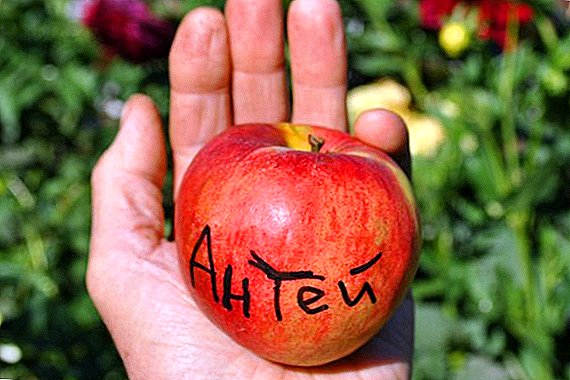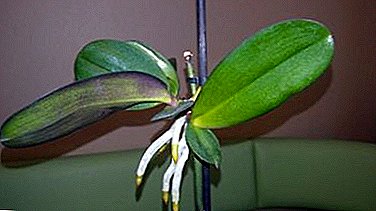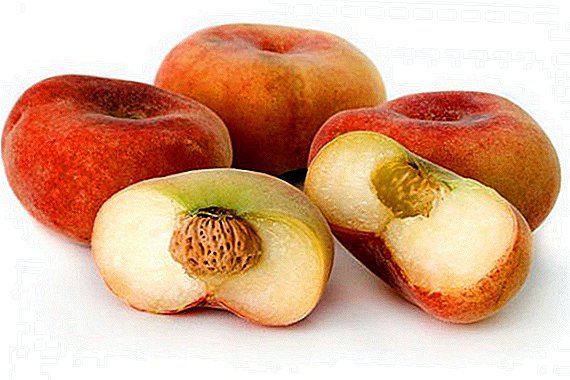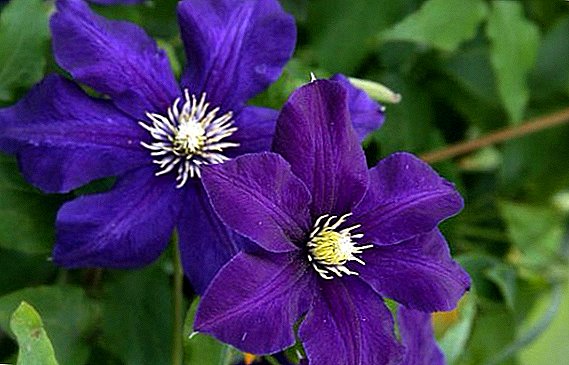 Only in Antarctica there is not yet a clematis from the ranunculus family. But planting clematis in my garden, so that a flowering, pleasant-looking plant grows from the seeds, it is quite capable of even a beginning florist. For a start, you will have to choose between the grassy, semi-shrub and shrub species of clematis, most of which belong to the vine group.
Only in Antarctica there is not yet a clematis from the ranunculus family. But planting clematis in my garden, so that a flowering, pleasant-looking plant grows from the seeds, it is quite capable of even a beginning florist. For a start, you will have to choose between the grassy, semi-shrub and shrub species of clematis, most of which belong to the vine group.
What are the seeds of clematis
Clematis is cultivated by seeds and vegetatively. Seed propagation is used for small-flowered plants with a flower size up to 6 cm in diameter. They compare favorably with unpretentiousness and an abundance of greenery. Flowering is also abundant, and in the fall the bushes are decorated with original seed heads. By choosing a clematis variety for planting seeds and setting up a decent care for the plant, you are almost guaranteed to get excellent results. When self-harvesting seeds for later reproduction, it is necessary to take into account that small-seeded varieties ripen for this in 1-2 months after flowering, and large-seeded - in 2.5-4 months.
Did you know? For plants from any seeds, care is standard.
Small
 The seed fruits of almost all small seed clematis species are frost resistant. Therefore, even the middle of winter will be suitable for collecting small (0.1 x 0.3 cm - 0.3 x 0.5 cm) seeds. Seeds that have not fallen over the winter can be removed in the spring. After planting, seeds sprout in three weeks, but there are varieties in which this period takes up to 4 months. For two years, germination is guaranteed.
The seed fruits of almost all small seed clematis species are frost resistant. Therefore, even the middle of winter will be suitable for collecting small (0.1 x 0.3 cm - 0.3 x 0.5 cm) seeds. Seeds that have not fallen over the winter can be removed in the spring. After planting, seeds sprout in three weeks, but there are varieties in which this period takes up to 4 months. For two years, germination is guaranteed.
Average
Although the period of germination of medium (0.3 x 0.5 cm - 0.5 x 0.6 cm) seeds can last up to six months, after all, basically they are consistently sprouting within 45 days after sowing. For them, stratification is obligatory, after which the germination persists for another three years.
Large
Large seeds are considered to be at least 0.5 x 0.6 cm in size and up to 1 x 1 cm. Their term of germination can reach a year, due to which such varieties of clematis are more often propagated by grafting. Germination of large seeds lasts up to 4 years.
Important! Free large seeds from hard shell - sprouting will accelerate.
When to sow clematis seeds
 With a large number of seeds sown directly in open ground in late April. In the case of a meager harvest, it is better to seed small seeds, in February-March, in sowing grounds with the soil in the room in order to get seedlings. Sowing dates on seedlings of seeds of other sizes fall in the autumn because of the slow pace of their subsequent germination.
With a large number of seeds sown directly in open ground in late April. In the case of a meager harvest, it is better to seed small seeds, in February-March, in sowing grounds with the soil in the room in order to get seedlings. Sowing dates on seedlings of seeds of other sizes fall in the autumn because of the slow pace of their subsequent germination.
What soil to sow clematis
For clematis, loose sandy or loamy soil, well saturated with humus, is most suitable. Optimum for future seedlings is regularly moistened soil mixture of soil, humus, sand and ash.
Important! Good drainage should be provided.
How to Prepare Clematis Seeds, Seed Stratification
Hardening of seed material (stratification) is carried out in different ways, depending on when it is supposed to sow clematis seeds. Without this procedure, it is not recommended to plant, because it can adversely affect seed germination and subsequent disease resistance of seedlings.
Cold stratification
 Usually for stratification using low temperatures that mimic the natural habitat of plants. For winter sowing of clematis with seeds, for example, seed material is kept for 2-3 weeks in the fridge, reproducing conditions when the seeds hibernate under the cover of foliage and snow. If a spring planting is planned, then it is enough to create a dark place for keeping the seeds and a temperature of + 5 ° С.
Usually for stratification using low temperatures that mimic the natural habitat of plants. For winter sowing of clematis with seeds, for example, seed material is kept for 2-3 weeks in the fridge, reproducing conditions when the seeds hibernate under the cover of foliage and snow. If a spring planting is planned, then it is enough to create a dark place for keeping the seeds and a temperature of + 5 ° С.
Important! Stratification is carried out even in the snow.
Bubbling
The method of bubbling is used to improve the germination of seeds. Constantly replaced water, in which seeds are soaked for 5-7 days before sowing, is enriched with oxygen, using a standard aquarium aerator for 5-6 hours.
Clematis seeding
Experienced flower growers can tell how to plant clematis with seeds so that they are close to ideal, planting depth needs to be calculated based on three times the size of the seed, and a layer of river sand should be poured over it and lightly tamped through the ejected shoots. How in some cases to plant seeds of clematis, tell the three most well-known methods.
Kivistic method
After sanding the seeds, the tank, where they are located, is covered with glass and installed until the planting itself in the greenhouse, where a constant temperature of 20 ° C is maintained. Appeared after a few months, seedlings are planted in open ground at the end of summer.
Sharonova method
In the humus, which is filled with plastic dishes, seeds are planted in the fall. After that, the container is covered with a film and placed in the dark. Sprouts that have sprung up after a few months are planted at first in boxes, and in July they are moved into open soil. Between seedlings observed half-meter intervals.
Sheveleva method
Seeds of one of the vine varieties of clematis by this method are planted in banks, and after 90 days placed in the refrigerator. Practical experience shows a 90% increase in seed germination in the spring.
How to grow clematis from seed, care for seedlings
 It is possible to wait for good sprouting of clematis from sown seeds with greater confidence if special boxes are used for growing. For their placement in the winter, a loggia or window sill will do, and with the onset of spring, you can put them in the natural environment. Having received the shoots with a pair of these leaves, you can begin their dive into separate pots and continue the usual care at home until the moment when the cold is completely past.
It is possible to wait for good sprouting of clematis from sown seeds with greater confidence if special boxes are used for growing. For their placement in the winter, a loggia or window sill will do, and with the onset of spring, you can put them in the natural environment. Having received the shoots with a pair of these leaves, you can begin their dive into separate pots and continue the usual care at home until the moment when the cold is completely past.
When can be planted seedlings in open ground
The movement of clematis to the place of permanent dislocation depends on when the seeds began to be planted on the seedlings. Autumn sowing means that the plants will be ready for open ground by mid-spring, since they may not survive the winter in it. At least half a year, the gap between sowing and planting in the soil is also needed in the spring-autumn scheme. Clematis planted in the pre-winter months until spring is warmed with foil or straw.
Did you know? If you continue caring for seeds that have not germinated, they will germinate after 8 months.
Clematis from seeds: advantages and disadvantages of the method
Clematis of small-color type in most cases are planted from seeds, and planting and caring for them are fairly standard for all varieties. Seed material is freely sold in specialized stores. There is no difficulty and independent collection. Plants that grow from seeds bear fruit well, providing new planting material, which, by the way, is often used as winter-resistant rootstocks for grafting valuable flowers that like heat.
 The main disadvantage of clematis dilution from seeds is considered to be the relatively high labor intensity of the procedure, which requires increased attentiveness and considerable trouble. As a less significant unpleasant feature of this method, there is no guarantee that the grown clematis will retain the best properties of the parent flower.
The main disadvantage of clematis dilution from seeds is considered to be the relatively high labor intensity of the procedure, which requires increased attentiveness and considerable trouble. As a less significant unpleasant feature of this method, there is no guarantee that the grown clematis will retain the best properties of the parent flower.
The labor expended in cultivating the beautiful clematis completely pays off with the charm of their decorated garden.




